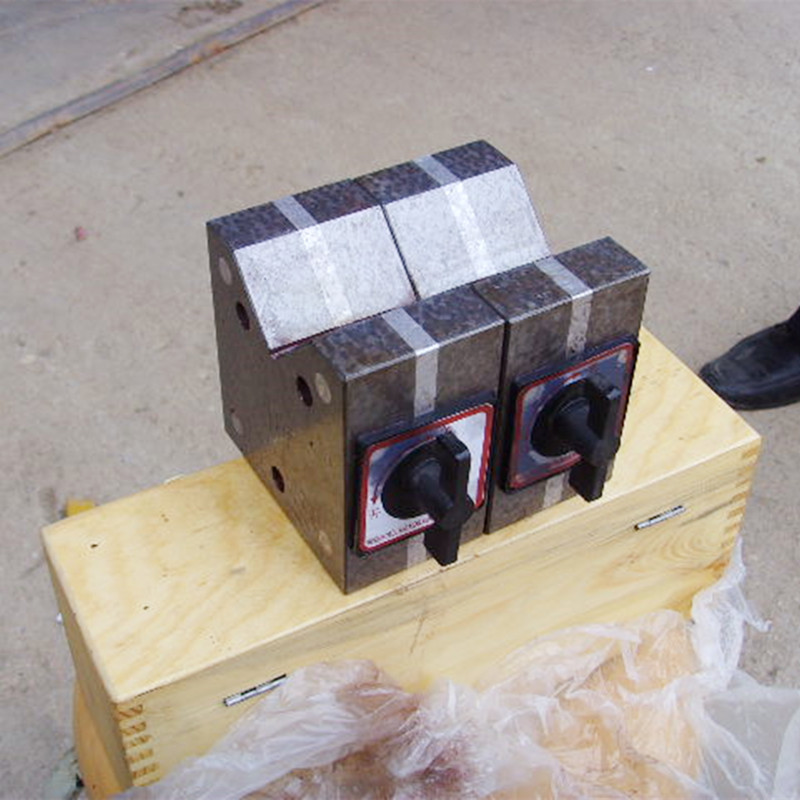Jul . 25, 2024 04:36 Back to list
Understanding Roof Trusses with Nail Plates for Enhanced Structural Support and Stability in Construction
The Importance of Nail Plates in Roof Trusses
Roof trusses play a crucial role in the structural integrity and overall design of a building, providing support for the roof and ensuring stability. One critical component often overlooked is the nail plate, a small yet essential feature that connects wood members of the truss. Nail plates, also known as metal plate connectors, are designed to enhance the strength and durability of roof trusses. This article delves into the significance of nail plates in roof truss construction and how they contribute to building safety and efficiency.
What Are Nail Plates?
Nail plates are flat metal sheets with numerous sharp points, or teeth, designed to penetrate the wood when they are driven in with nails. These plates come in various sizes and designs, tailored for different applications. In the context of roof trusses, nail plates are typically made of galvanized steel to resist corrosion and ensure a long lifespan. They are inserted at the joints where two or more wooden members meet, effectively distributing loads and minimizing the risk of joint failure.
Enhancing Structural Integrity
The primary function of nail plates in roof trusses is to provide enhanced structural integrity. Wood is naturally strong but can be prone to splitting and has limited tensile strength. Nail plates significantly increase the load-bearing capacity of the truss joints. By fastening the wood members together, the plates create a solid connection that can handle various stresses, including tension and compression. This reinforcement is particularly vital in areas where heavy loads, such as snow or wind, may exert substantial pressure on the roof structure.
Simplifying Installation
roof trusses nail plate

In addition to their structural benefits, nail plates simplify the truss assembly process. Without nail plates, carpenters would have to rely on traditional joinery techniques, which can be time-consuming and require precision. Nail plates streamline the installation by allowing for quicker connections between wood members. They can be installed easily using pneumatic nailers, which not only speeds up the construction process but also reduces labor costs. This efficiency is especially beneficial in large-scale construction projects, where time is of the essence.
Improving Safety
Safety is paramount in any construction project. Nail plates contribute to the overall safety of roof trusses by providing strong and reliable joints that reduce the risk of structural failure. Buildings with properly engineered trusses and nail plates are less likely to suffer from catastrophic failures during extreme weather conditions, thereby protecting occupants and property. Moreover, well-constructed roof trusses with nail plates can meet or exceed building codes and regulatory standards, ensuring compliance and reassuring owners that their structures are safe.
Environmental Considerations
With the growing emphasis on sustainability in construction, the material used for nail plates also plays a significant role. Galvanized steel is a recyclable material, and using it in construction contributes to reducing waste. Additionally, by enhancing the durability of wooden structures, nail plates can extend the lifespan of roof trusses, ultimately leading to less frequent replacements and reduced environmental impact.
Conclusion
In conclusion, nail plates may appear to be a small part of roof trusses, but their significance cannot be overstated. They enhance the structural integrity, simplify the installation process, improve safety, and contribute to sustainability. As the construction industry continues to evolve, the role of nail plates in ensuring robust and reliable structures becomes increasingly indispensable. For architects, builders, and homeowners alike, understanding the importance of these components is crucial for effective building design and construction practices. Embracing nail plates as a standard element in roof truss systems is a step toward creating safer and more enduring structures for the future.
-
Why Metric Trapezoidal Thread is Ideal for Precision Motion ControlNewsAug.05,2025
-
The Unique Properties of a Block of Granite for Industrial UseNewsAug.05,2025
-
The Role of Flanged Y Strainers in Preventing Pipeline ClogsNewsAug.05,2025
-
The Importance of Regular Calibration for Master Ring GagesNewsAug.05,2025
-
How a Cast Iron Surface Table Enhances Accuracy in ManufacturingNewsAug.05,2025
-
Comparing Different Check Valve Types for Optimal Flow ControlNewsAug.05,2025
Related PRODUCTS









